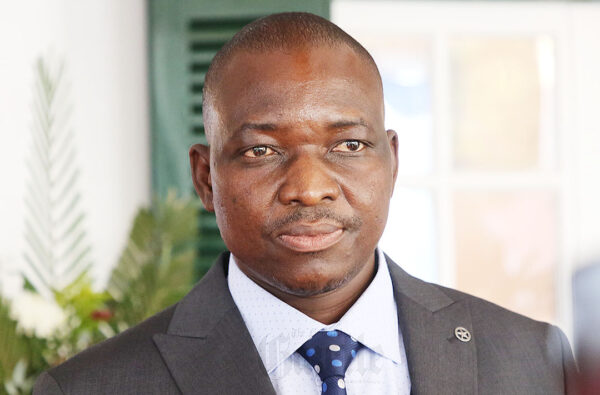Lithium production increases by over 760 per cent

The production of lithium ore in Zimbabwe has increased significantly by approximately 764.7 per cent from 102 000 tonnes produced in 2022 to 882 000 tonnes during the 9 months to September 30, the Minister of Mines and Mining Development Hon Zhemu Soda has revealed.
Rudairo Mapuranga
According to Hon Soda, the country’s exports for lithium also increased by approximately 198.6 per cent USD$209 million by September 2023 compared to US$70 million realised the whole of last year.
Speaking at the Zimbabwe School of Mines Lithium and Battery Minerals Conference in Bulawayo on Wednesday Minister Soda said the current major exporters in the lithium Sector have been Bikita Minerals from Masvingo Province but the surge in demand for the mineral has seen new major producers, Prospect Lithium Zimbabwe and Sabi Star also contributing to the growth.
“The current major exporters in the Lithium Sector have been Bikita Minerals from Masvingo Province but the surge in demand for the mineral has seen new major producers, Prospect Lithium Zimbabwe and Sabi Star. Other major producers are expected to start operations in 2024 and these will contribute to the expansion of the sector. The exports of Lithium have increased significantly from 2018 up to 2022.
“The respective exports exports generated from the export of lithium during these years grew from USD 1.8 Million in 2018 to USD 70 Million in 2022. By September, 2023 total of USD 209 Million had been realised from lithium exports which is a very impressive improvement,” Minister Soda said.
The rise in demand for lithium and battery minerals has presented an opportunity for Zimbabwe as a nation. These opportunities stem from the fact that our Nation is blessed with an abundance of lithium resources making it one of the top producers in Africa and the World.
The demand for materials used to manufacture lithium-ion batteries has increased dramatically. Due to this demand, new investors, both local and foreign, have entered the sector to mine, process and export lithium and battery minerals from Zimbabwe.
The mining industry in Zimbabwe is anticipated to make a significant contribution to the country’s attainment of Vision 2030’s goal of becoming an Upper Middle Income Economy by 2030. Lithium and Battery Minerals such as tantalum, graphite, nickel, manganese and tin are expected to contribute hugely to the mining sector’s expansion.
Lithium demand for rechargeable batteries continues to grow at a much faster pace than other sources of industrial demand for lithium. Battery demand for lithium is expected to maintain high growth, increasing by 22% per year over the 3 years to 2025.
The surge in demand for lithium and battery minerals has given a variety of opportunities for Zimbabwe as a nation, owing to the country’s wealth of lithium resources, which has made it one of the top producers in Africa. Zimbabwe is the world’s fifth-largest lithium producer, with an estimated 11 million tonnes of lithium deposits.
Hon Zhemu Soda said that lithium and battery minerals have the potential to power Zimbabwe’s future if all available chances in the field are exploited.
He said the government through the Ministry, ranked on policies to regulate the mining of lithium and other battery minerals. First, Zimbabwe banned the export of raw base mineral ores, which include lithium and other base minerals, to stop their rampant raw exportation. The government’s action was intended to block these shipments due to the value of the large lithium and battery material reserves discovered in the country thus far.
Previously, Bikita Minerals was the only source of lithium in Zimbabwe, but due to further explorations, stores are flocking to invest in the country’s abundant high-grade lithium deposits.
Zimbabwe’s lithium resources have an average lithium oxide (Li2O) content of 1.5%, which is considered high-grade.
From 2018 to 2022, lithium exports climbed dramatically, and the export revenue earned from lithium exports increased from US$1.8 million in 2018 to US$70 million in 2022.


